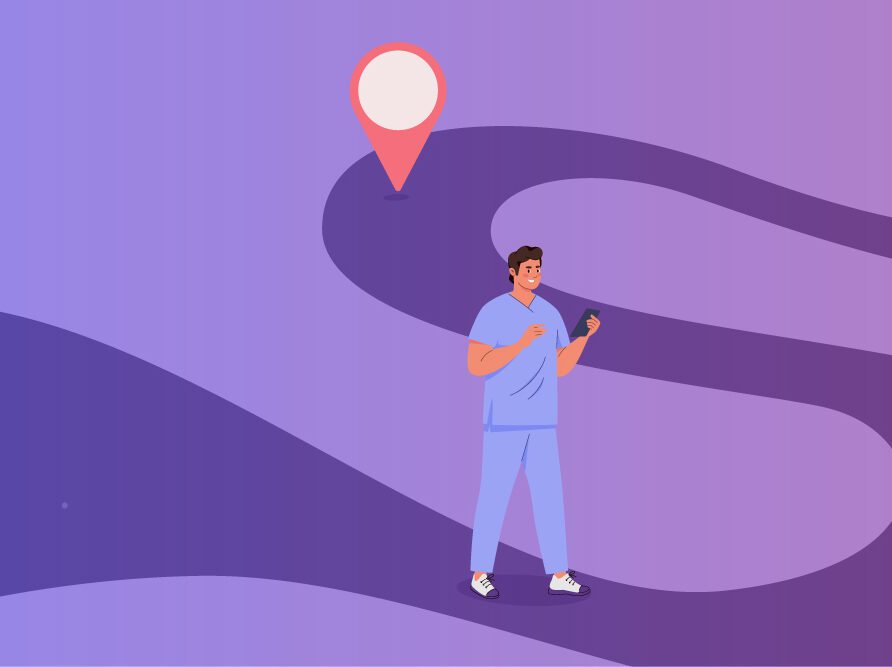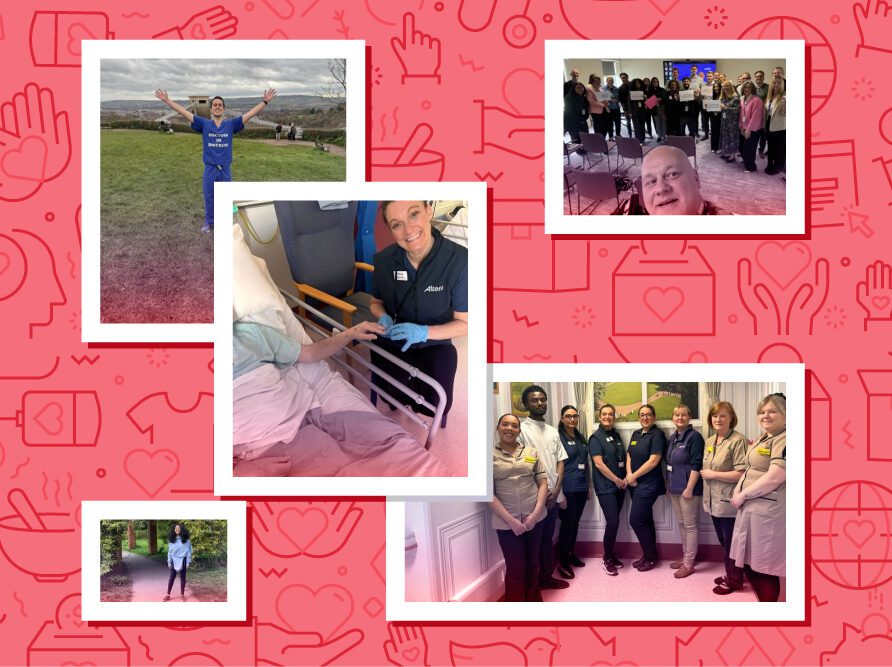Article
Reinventing EHRs: How technology and design are paving the way
* This content was originally published prior to N. Harris Computer Corporation’s 2022 acquisition of the Allscripts Hospital and Large Physician Practice business segment. Our business is now known as Altera Digital Health.
Editor’s note: This blog was written in collaboration with Jenna Date, Chief Experience Officer at Allscripts. As CXO, Jenna leads the Allscripts Education, Design + Innovation team. Jenna’s personal mission is to lead Design for a compassionate world.
The last two decades in health IT have been largely defined by increased adoption of electronic health records (EHRs). Digital health has made enormous leaps over that twenty-year time span, yet EHRs remain far from perfect. While studies suggest they are not the top source of provider burnout, it is clear that EHRs need to evolve to improve user experience and support broader innovation across healthcare.
So, what will it take to rid EHRs of the administrative and usability burdens providers have tolerated for far too long? The combination of rising technological advancements along with a unique design approach can make this reinvention possible.
Here’s how the health IT industry can ensure organizations around the globe have the EHRs they need to drive better care delivery.
Bringing EHRs to the cloud
The cloud is not exactly new, but healthcare is just beginning to tap into its potential. Currently, we are not at the point where patients can show up for appointments and their longitudinal histories are available within a unified EHR. However, cloud-based EHRs can connect to information exchanges and networks to pull patient data from disparate sources in real time, without adding extra clicks. As a result, providers can leverage more data to make better, faster care decisions.
Another key benefit is that data storage becomes less of an issue with cloud-based EHRs than on-premises systems. This raises the possibility of exciting new things to do with all that clinical data. For example, as vast volumes of data are collected via remote patient monitoring, predictive analytics can alert the provider if a diabetic patient at home is trending toward bad glucose level readings. Turning those insights into assets from the background extends providers’ clinical reach without sacrificing ease of use.
Designing with and for providers
The cloud is poised to transform healthcare, and Human-Centered Design (HCD) puts all the pieces together in service of the provider. With HCD, designers work with the real users throughout the entire design process to build experiences that delight providers and meet their needs. For too long, EHRs have essentially functioned as electronic versions of paper-based records. Rather than conforming to these outdated processes, it is time to conform EHRs to the workflows of everyday users: physicians, nurses and all others that will interact with the system.
A common refrain in medical training is, “You just need to listen to the patient, they’ll tell you what’s wrong.” It’s time for health IT professionals to listen to clinicians and respond to their needs through technology that lets them take care of the patient, without distractions. Allscripts is doing just that as we transition the Sunrise™ EHR to the Sunrise Platform of Health. Through the combination of cloud computing and HCD, we’re delivering solutions that put providers—not technology—in the driver’s seat.
Learn more about the Sunrise Platform of Health at https://www.alterahealth.com/solution/sunrise/.













